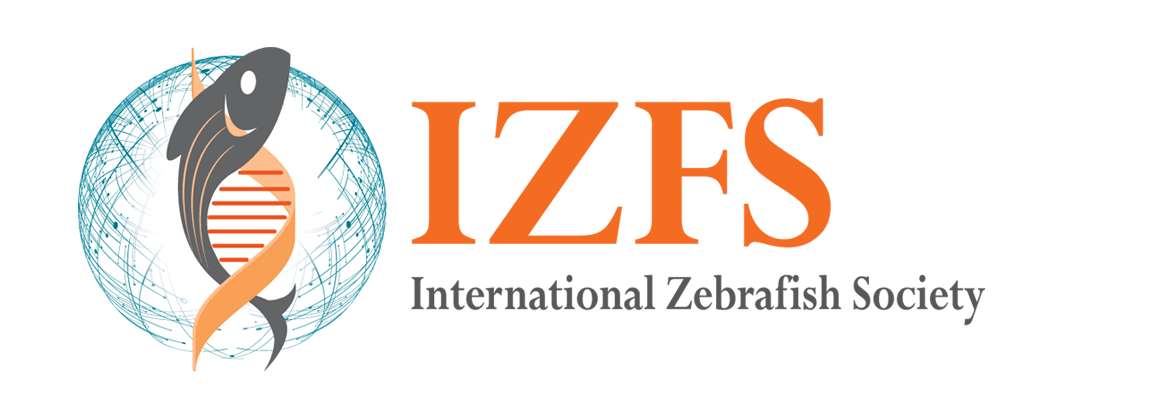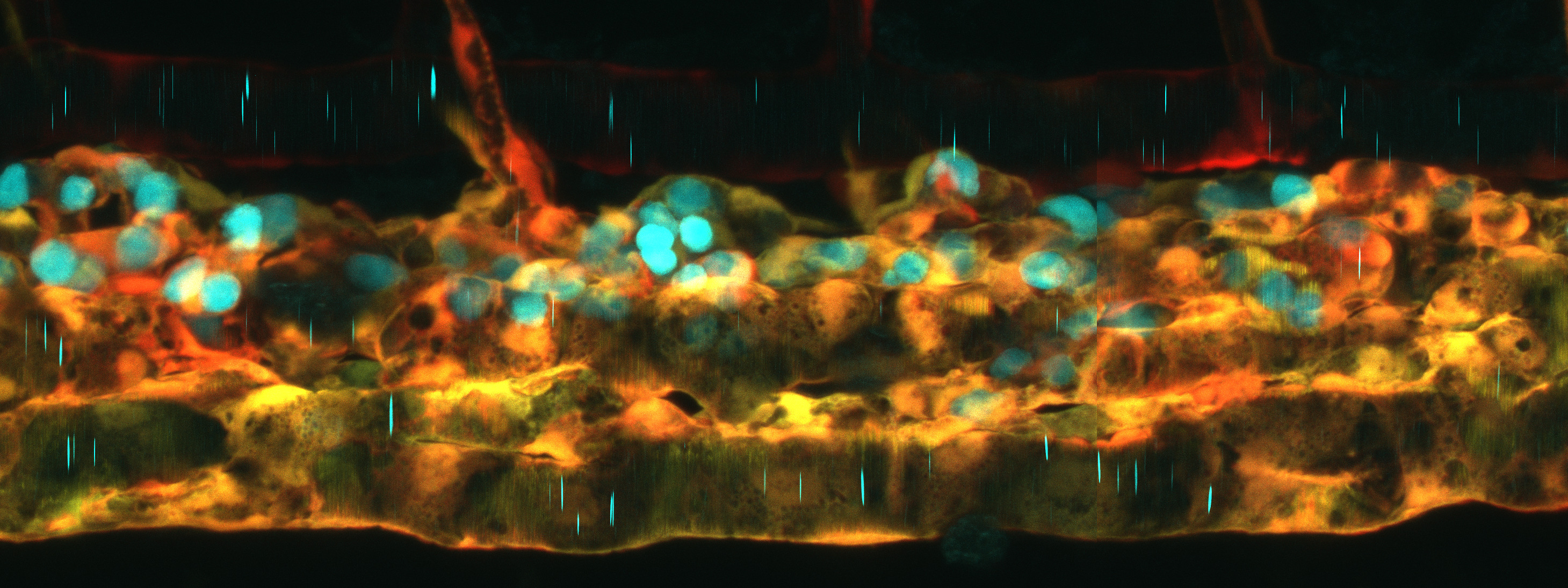In Memoriam: Lewis Wolpert FRS
The death last month of Lewis Wolpert marks the end of an era for developmental biology. Lewis was quite simply one of the giants of the field, whose intellectual contributions have permeated our thinking for over half a century and whose famous textbook has brought the beauty of our subject to countless thousands of students around the world. His oratory skills gave him a Thespian aura that could have graced a Shakespearian stage. His observation that “it is not birth, marriage or death but gastrulation which is truly the most important event in your life” is perhaps the most famous and certainly the most often quoted in our field.
After training as a civil engineer in his native South Africa, Lewis moved to the United Kingdom where he switched disciplines, studying the mechanics of cell division in the sea urchin for his PhD at King’s College London. Subsequently, he took up a position at the Middlesex Hospital Medical School in London, where initially he worked on Hydra, producing a string of papers on positional information and pattern regulation in this well-studied Cnidarian between the mid 1960s and 70s. But mindful of his appointment in the “Department of Biology as Applied to Medicine” Lewis sought out a system with more obvious clinical relevance; hence began the studies of chick limb patterning that would define his scientific legacy and establish a dynasty that included Cheryll Tickle, Dennis Summerbell, Julian Lewis, Jonathan Slack, Jim Smith and Nigel Holder.
Lewis was always quick to forswear credit for the experimental work emanating from his lab: and reflecting this, his initial foray into the topic of limb patterning appeared in a sole author publication in the “Journal of Theoretical Biology” in 1969. This landmark treatise, in which he first coined the term “Positional Information”, included a consideration of what he termed the “French Flag Problem” in the context of the developing limb bud, as well as a lengthy discussion of the concept of gradients of “substances” (the term “morphogen” was not used here) specifying Positional Information. Notably in this seminal paper, the French Flag concept was applied specifically to patterning along the proximo-distal axis of the limb; and although he also discussed the antero-posterior (AP) axis, describing the ability of the ZPA – the Zone of Polarising Activity (at the time referred to as the PNZ) - to impart “polarity potential”, Lewis made no explicit reference to a gradient in this context.
It was only in his 1975 Nature paper that the concept of a “morphogen gradient” specifying positional information along the limb’s AP axis was explicitly discussed, based on the results of a series of ZPA grafting experiments performed by Cheryll Tickle and Dennis Summerbell. This second landmark publication was followed by several further studies performed by Jim Smith - at the time a PhD student with Lewis – as well as other collaborators, exploring the functional properties of the ZPA, eventually culminating in the discovery that its activity could be mimicked by Retinoic Acid.
For the next decade, Retinoic Acid would dominate thinking about morphogens in the vertebrate embryo. But it was the discovery of the Bicoid gradient in the Drosophila embryo by Christiane (Janni) Nüsslein-Volhard and Wolfgang Driever in 1986 that provided the first visual evidence of a molecule with the spatial distribution that Lewis had envisaged. By this time Janni’s attention was already shifting to the zebrafish: and in 1992 she organized a meeting at the Max Planck Society’s Ringberg castle in Bavaria, to discuss the open questions in vertebrate development that could be addressed using this promising new model system. As well as her new zebrafish disciples, this meeting was attended by a number of leading vertebrate developmental biologists, including Lewis. Few of those present will forget the sight of Lewis and John Gurdon engaging in a frenzied game of table tennis after dinner one evening!

The 1992 Ringberg Meeting. Lewis is 6th from left on the back row with the yellow collar. Also in the photo are two of his protégés, Jim Smith (left, front row) and the late Nigel Holder (bearded, in white to the right of Jim) as well as Janni and along side her from left to right, Friedrich Bonhoeffer, John Gerhart, Chuck Kimmel and John Gurdon.
Also present at Ringberg were Andy McMahon and Cliff Tabin, a chance gathering that allowed the three of us to discuss a search for vertebrate homologues of the Drosophila hedgehog gene. The cloning of Sonic hedgehog from zebrafish, mouse and chick the following year provided Lewis with his long sought after ZPA morphogen activity, a discovery he embraced with characteristic enthusiasm. I recall once expressing my regret at having colluded in giving the gene its rather whimsical name, to which he replied “Phil, the only gene whose name my students ever remember is Sonic hedgehog!”
No one who met Lewis could fail to be impressed by his intellect, warmth and humour. Always keen to engage with scientists, regardless of career stage, it was common to see him in animated debates with students and post-docs at conferences. His candid account of his own mental health struggles so courageously expressed in “Malignant Sadness” revealed a darker side to his extraordinary personality in a way that has brought solace to countless others who have fought the same battles. He will be hugely missed but his legacy will endure for many years to come.
Philip Ingham FRS
IZFS President




